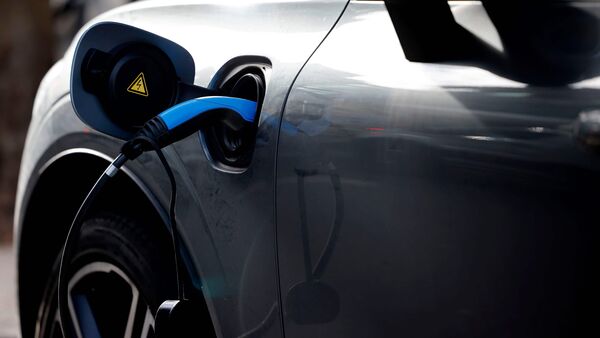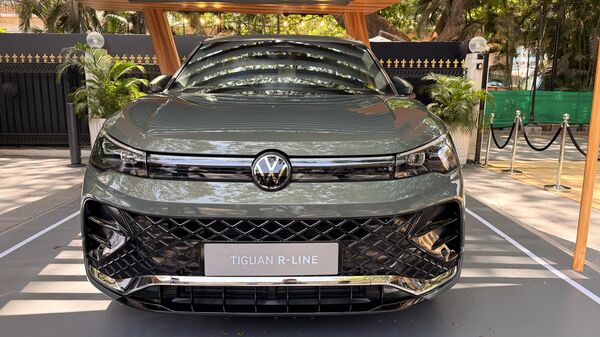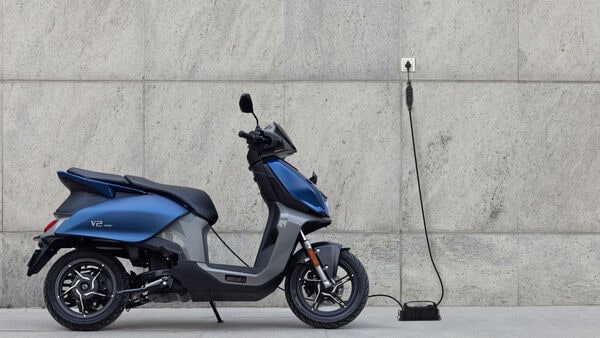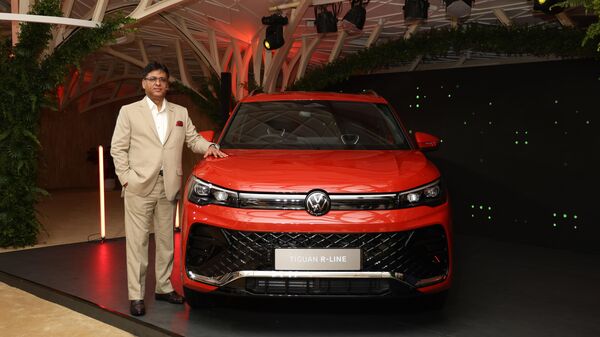
Union Budget 2024: How both hybrids and EVs stand to benefit from the 2024 Critical Mineral Mission statement
8 months ago | 97 Views
On the surface of it, the Union Budget didn’t have much to offer India’s burgeoning EV industry. With the grapevine rife with speculation regarding waivers on road tax for hybrids, along with possible cess reductions for the same, both EV and hybrid evangelists remained equally flummoxed by the absence of any direct incentives or policies for either. No extension of the FAME scheme for EVs, no road tax waivers for hybrids. Has the 2024 Union Budget been a zero-sum game for the EV sector? Not quite. “We were expecting a long-term continuation of reduced GST for BEVs; however, developing a climate finance taxonomy to aid climate adaptation and mitigating climate change is a step in the right direction," says Santosh Iyer, MD of Mercedes-Benz India. While the Finance Minister’s Critical Mineral mission statement will not see a direct reduction in battery prices, there are elements that can translate to cheaper EVs.
According to the budget, 25 critical minerals, including lithium, copper and cobalt, will benefit from a waiver of import duty. “This is a huge incentive, because 40% of a battery’s price is down to critical minerals" says Nitin Gupta, CEO of Attero Recycling, India’s top battery recycling outfit with an international presence spanning six countries. However, this does not automatically mean that EVs manufactured in India will be cheaper as a result. This is because India continues to import 100% of its lithium-ion cells, which continue to attract GST of 18 per cent. These import duty waivers apply only to the critical minerals in a bid to boost the local manufacturing of lithium-ion cells, not the local assembly of battery packs which is already happening.
“Globally if you look at what’s happening, most regulators are essentially saying that they want to develop local supply chains of the battery ecosystem." says Gupta, echoing the fact shared by the recent Economic Survey, highlighting India’s dependence on China for critical minerals. What the Critical Mineral Mission Statement does is serve as a catalyst for the country’s battery manufacturing plans, for which the ACC PLI scheme was introduced in 2021. “The government has taken a long-term view and gone in the right direction". Given that India isn’t a resource-rich country when it comes to lithium and cobalt, the move also paves the way for a more effective circular economy, since 70% of recycled material comes from battery manufacturing waste. As per the Mission statement, this will also help boost jobs.
Will locally manufactured EVs see a price drop?
There are two elements to this. The budget also announced a reduction in the basic customs duty for materials like copper from 5 per cent to 2.5 per cent. Copper is a critical material when it comes to the transition to EVs or hybrids, says Gupta, adding that the reduction of duty on copper will have a more immediate effect on EV prices. Although he didn’t speculate on the percentage of price reduction, Gupta said, “The entire demand that you’re seeing for copper globally, is due to energy transition. By next year, the demand for copper from the EV industry will start to equal the demand for copper by all other industries put together" claims Gupta. “Copper is used in motors, solar panels, and hybrids. Talk about any technology around climate change and copper is involved". Battery manufacturing incentives will bring down the price of EVs once cell manufacturing gigafactories are up and running. At present, companies like Log9 are expected to hit a capacity of 1 Gw by the year 2025, while Suzuki, Ola Electric and Amara Raja are also expected to commence operations on a large scale around that time.
But copper’s effect on battery pricing will be immediate, although it is hard to speculate, by what percentage. The use of copper is commensurate to the size and make of the EV, with more expensive ones featuring a larger quantity. While most luxury BEVs in India are CBUs or feature fully built battery packs, EVs manufactured in India will see a price reduction. Gupta expects price reduction brought via cheaper copper imports to reflect in prices by the next quarter.
Will CapEX on infrastructure projects boost EV infrastructure?
Although nothing has been clearly highlighted with regards to EV infrastructure boost, industry heads remain buoyant. According to Iyer, “We are glad the capex on infra projects tops the government's priority" , says Iyer, who has also stated in the past that strengthening the country’s charging infrastructure will require a joint effort between manufacturers and the government. Iyer has also advocated for long-term policy consistency from the government, so manufacturers know where to invest, long-term.
“There is broader policy consistency that the government has shown in moving away from ICE engines to more climate-friendly technologies." says Gupta concurring that the critical minerals waiver will boost local battery manufacturing. Batteries which can also be used-in hybrid vehicles. A robust battery manufacturing apparatus needn’t necessarily be directed entirely towards BEVs.
Read Also: e-scooter + cargo vehicle: hero’s mobility solution wins platinum a design award
#




















